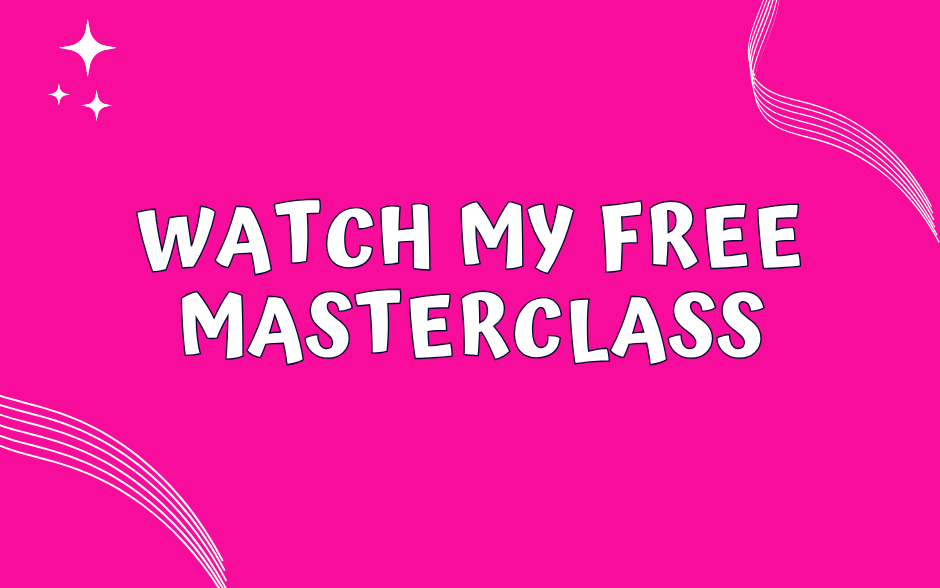How To Manage Employees Who Don't Get Along

Sadly, this is something that happens A LOT. 😱
According to the CIPD (Chartered Institute of Personnel Development), a whopping 20% of employees say that conflict in the workplace is a common thing.
We’re all human beings, right? So, it’s natural to come across people we don’t like. However, if it’s NOT dealt with effectively in the workplace, it can definitely lead to problems.
To help you to recognise unacceptable behaviour – and deal with it – check out this blog, to help you handle conflict which can affect employee performance. 👇
Should you get involved or leave them to it?
It’s all too easy to think:
"These are two adults, they need to be professional and sort themselves out."
To some degree, you’re right. You’re not their parent after all. They DO have a responsibility to conduct themselves in a professional manner.
However, it depends on the maturity of the individuals. If you bury your head in the sand, you’ll end up with a miserable workforce. Employee conflict could also scupper relationships with your clients or suppliers. Meaning you might lose business.
And what’s more, as a responsible employer, you have a BIG responsibility to make sure that bullying and harassment isn’t rearing its ugly head on your watch. ⚠
When to step in 🙅
Sometimes, it’s hard to know if what you’re witnessing is simply the manifestation of tired and stressed employees. 😴 Perhaps after a particularly busy period, or an all-consuming project?
However, if you’re seeing your team members display conflict at work and the below behaviours 👇 (more than once), then I’d say it’s time to get concerned. ☹
I’m talking situations where they’re:
❌ Gossiping about one another
❌ Making snide remarks
❌ Arguing with each other
❌ Undermining the other person
❌ Not sharing information or resources
❌ Refusing to work together
❌ Behaving unprofessionally towards external stakeholders
Watch out for Bullying or Harassment
There are different types of conflict. It’s possible that employee conflict can manifest itself as bullying and/or harassment in your workplace.
These two labels mean different things:
Bullying is repetitive, inappropriate behaviour
Harassment is discriminatory behaviour that’s based on things like a person’s age, gender, disability, race, religion, sexual orientation, marital status, or parental status.
Remember, harassment is against the law ⚖ And, it’s also worth remembering that if one of your employees decide to resign because of this conflict – they could take you to a tribunal for ‘constructive dismissal’. This is when an employee is forced to leave their job, because other employees were allowed to harass or bully them.
Top Tip!
Make sure you have a BULLYING & HARASSMENT POLICY for your business.
This will spell out the behaviours you WON’T tolerate in your workplace. For just £7.95, it’s definitely worth having, and will better protect your business, by demonstrating your commitment to stamping out bullying and harassment.
Keep a beady eye out 🔎
When two employees aren’t getting on, the first thing you should do is be super-vigilant. Watch or listen to your employees carefully. Observe what they’re doing, and how they’re doing it. Plus, what impact it’s having on the rest of the team, or your clients and suppliers.
It’s always worth keeping a note of anything that concerns you, so that you have concrete evidence to refer to when the time comes. And when I say “concerns”, I mean anything on the list above (earlier in this blog).
Nip it in the bud 🔨
On-the-spot feedback is something you should be routinely doing.
If you address a problem when it’s just happened, it’s less likely to grow into something bigger. It also sends a very clear message to your employees that you won’t tolerate poor behaviour.
Unless both of your team members are playing up, it’s best to avoid publicly shaming your employee. Instead, pull them aside and have a quick word, in the moment.
Schedule regular 1-1s 🗣
A 1-2-1 meeting is the ideal opportunity for your employee to talk to you about workplace conflict. Or, for you to ask about how they feel at work.
It’s also the right time to give your employee feedback about any concerns you have. Remember to always back everything up with real examples, rather than using sweeping statements that could exaggerate the issue – even though they help you to make a point.
Informal Vs. Formal Management 🤔
Always try to sort things out informally first. And, encourage your staff to do the same.
For example…
If one of your employees opens up to you about the situation that’s unfolding, you should ask them to try and resolve things informally with their colleague (if this is appropriate and they feel confident enough to do this). But at the same time, you need to make sure they know that if this fails, you’re prepared to investigate the situation more formally.
This would involve following your Grievance Policy.
Equally, you should use on-the-spot feedback attempts, plus 1-2-1 sessions, to informally let your employee know what they’re doing is wrong. If that doesn’t work, then you go down the formal route.
This would involve following your Disciplinary Policy.
REFLECT ON YOUR OWN BEHAVIOUR
Believe it or not, YOU could be the problem here. Or, you might unintentionally be throwing fuel onto the fire. 🔥
For example, you could be unknowingly giving better sales leads to one employee, and not the other. Perhaps you’ve let one employee show up late to work too many times, and that’s cheesing off the other employee? Maybe you’ve inadvertently praised one team member, making the other feel useless?
These are all the types of questions you should be asking yourself. 🤔
SMOOTHING OUT DIFFERENCES 👫
In my experience, workplace conflict can sometimes arise when people don’t really understand each other. Especially if your team is made up of a beautiful blend of different personality types that have different values, different work ethics, different skills, and different experiences.
This is DIVERSITY! And actually, a diverse workforce is often a more productive one.
Your job as the boss is to find a way to get to know each other better. To help you along, read my blog called:
HOW DO I GET MY EMPLOYEES TO WORK BETTER TOGETHER AS A TEAM?






